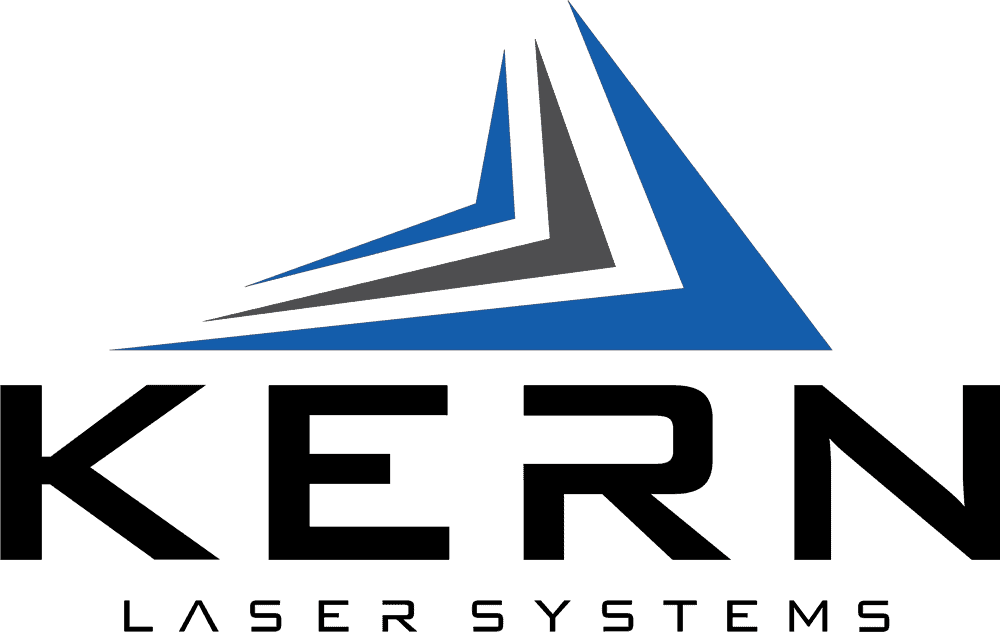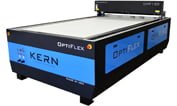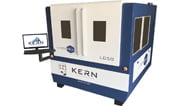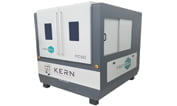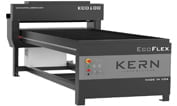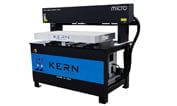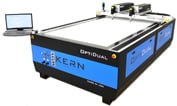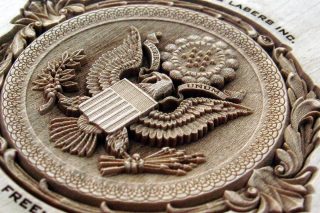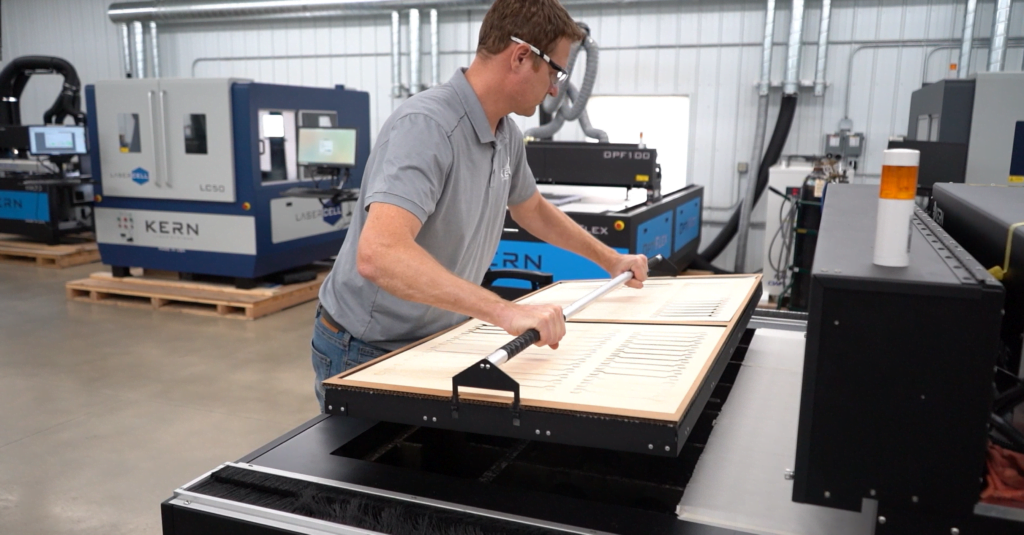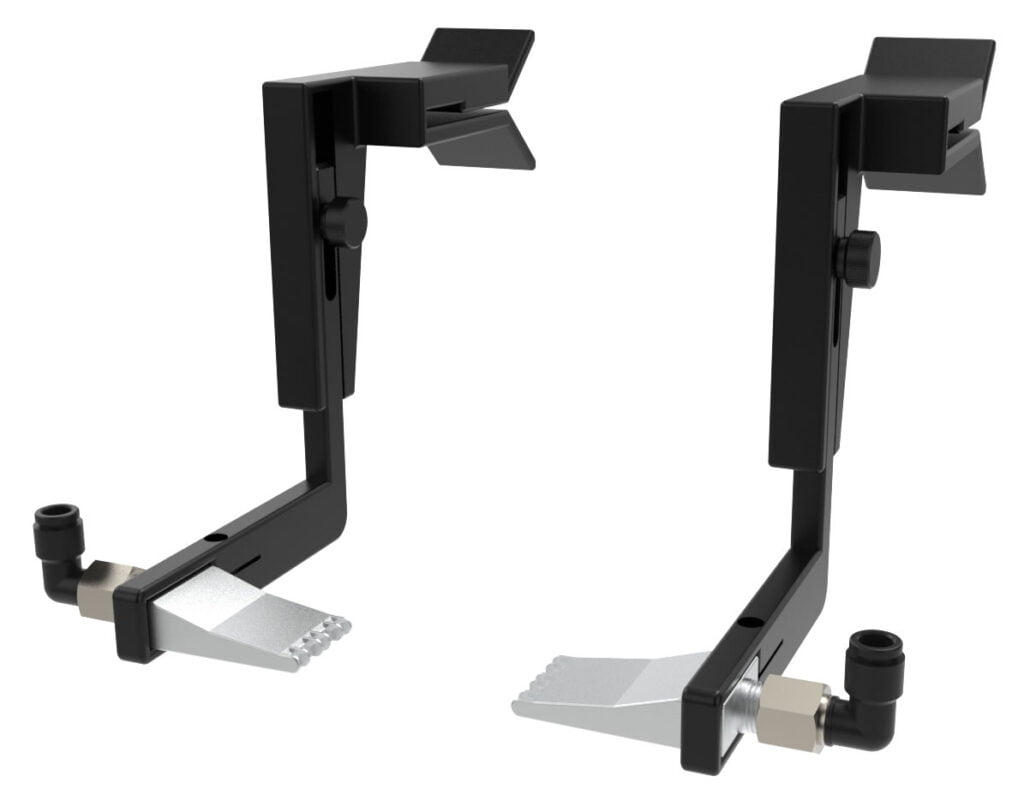If you are a first-time customer looking into purchasing a laser engraving system for your business or project, the world of industrial laser engraving products can be daunting. There are several types of lasers to consider, many competing brands, and it can be difficult to determine which specifications are important for your purpose.
In this article, we set out to answer a few common questions about industrial laser engraving machines so that you can be an informed buyer when the time comes. For some questions, we offer direct insights from our own marketing and sales specialist, Adam Voigt, and Derek Kern, our president and CEO.
1. What industries benefit most from industrial laser engraving machinery and equipment?
Industries that use laser cutting and engraving machines include manufacturers in the marine and aerospace industries, who can use these machines to cut production parts. Fabricators of foam, plastic, and film parts can benefit from industrial laser equipment. And laser engraving systems also offer a faster, more precise product than other manufacturing methods for making decorative products like trophies, awards, monuments, and plaques. But laser engraving machinery is also used in areas like creating scannable barcodes and QR codes, and in carving part IDs into parts. We offer an overview of industries we serve on our website. Sculpteo, a 3D printing company, also offers a detailed guide to laser engraving on its website.
2. Which features contribute the most to the cost of an industrial laser engraving system?
Factors that can affect the price of a laser engraving system include the quality of the build and the quality of the components of the system, the size of the working space, and the type and power of the laser system. The single biggest contributor is the wattage power of the laser source.
Derek Kern: “Price is the laser wattage. The laser is the most expensive part of the machine. In comparison, table size is generally a smaller increase in price, as we are just making the steel stand a bit longer as well as some of the motion components like the guide rails and/or ball screws.”
Country of origin affects the price of the laser system as well, for a number of reasons. A product built overseas will often have a lower sticker price than a U.S.-made product. But it’s important to remember that when you are buying a highly technical product like a laser engraving system, cheaper in the short term can mean more expensive in the long term. Check out this customer post on our website from Cabin Digital, a company that switched to a Kern laser system after a challenging experience with overseas lasers.
3. Will a laser engraving system handle my production demands?
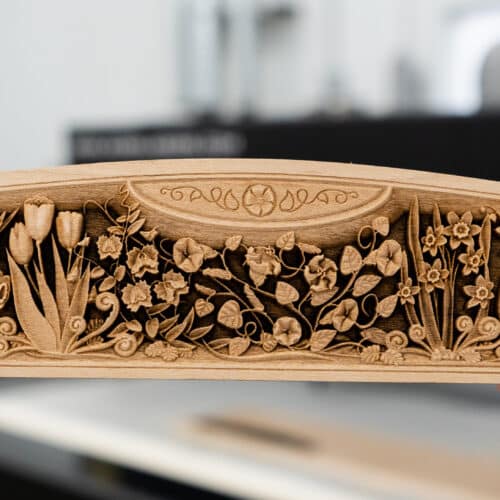
Possibly the best way to answer this question is to work with a manufacturer that will test your material on their machines. They can not only make sure their product will meet your needs, but they can also help determine the optimal settings to maximize your production speed and quality, which saves you time spent dialing the laser in after purchasing.
Derek Kern: “One of the things Kern does for our customers is application testing. This includes time trials on our customers’ actual material and files. We can quickly determine the throughput of the system and help the customer determine if our machine will handle their production needs. Many times our applications team can also suggest wants to improve the customer’s current process or how to make changes to the file to improve throughput.
“In terms of the machine quality itself, Kern uses top-end components throughout the laser system that are spec’d for high cycle counts. This ensures the machines are top of our class in quality and customers can expect many years of production with little maintenance.”
4. What’s the difference between laser engraving and laser etching?
The difference between laser engraving and laser etching mostly comes down to the power setting of the laser. Typically, engraving is defined as removing material down to a depth greather than about .001″. Creating foam reliefs for tool shadowing would be an example of engraving.
Etching is the process lasering just enough depth to see a contrasting color or appearance in the material being worked with. This is generally a few thousandths of an inch of depth at most. Marble and granite are both common materials for etching, and a laser can be used to etch away just enough material for black marble to turn a frosty white color.
5. What should I look for in a top-of-the-line industrial laser engraving machine?
Adam Voigt: “Main factors to consider: What do you want to process? What materials are you looking to cut through and how thick are those materials? How much does processing speed mean to your purchase (throughput)? Budget always plays a role as well. What is your return on investment (ROI) after laser purchasing? What other capabilities will this allow you to do at your business?”
Derek Kern: “Support: Every technical machine will need support at some time. It doesn’t matter if it is a low-end machine or a high-end machine, make sure you buy the machine from a company that is readily available for support calls. Get referrals and past experience from customers that have dealt with the manufacturer before.”
6. What materials are most typically used for laser engraving?
Some of the most common materials used for laser engraving include wood, acrylic, foam, lather, stone, and more. A high-quality, versatile laser system can also cut delicate materials, like paper and cardboard. Each material comes with its own properties and its own optimal laser settings to achieve the best-engraved product. Our Applications & Materials section offers details on the possibilities achievable with many common laser processing materials.
